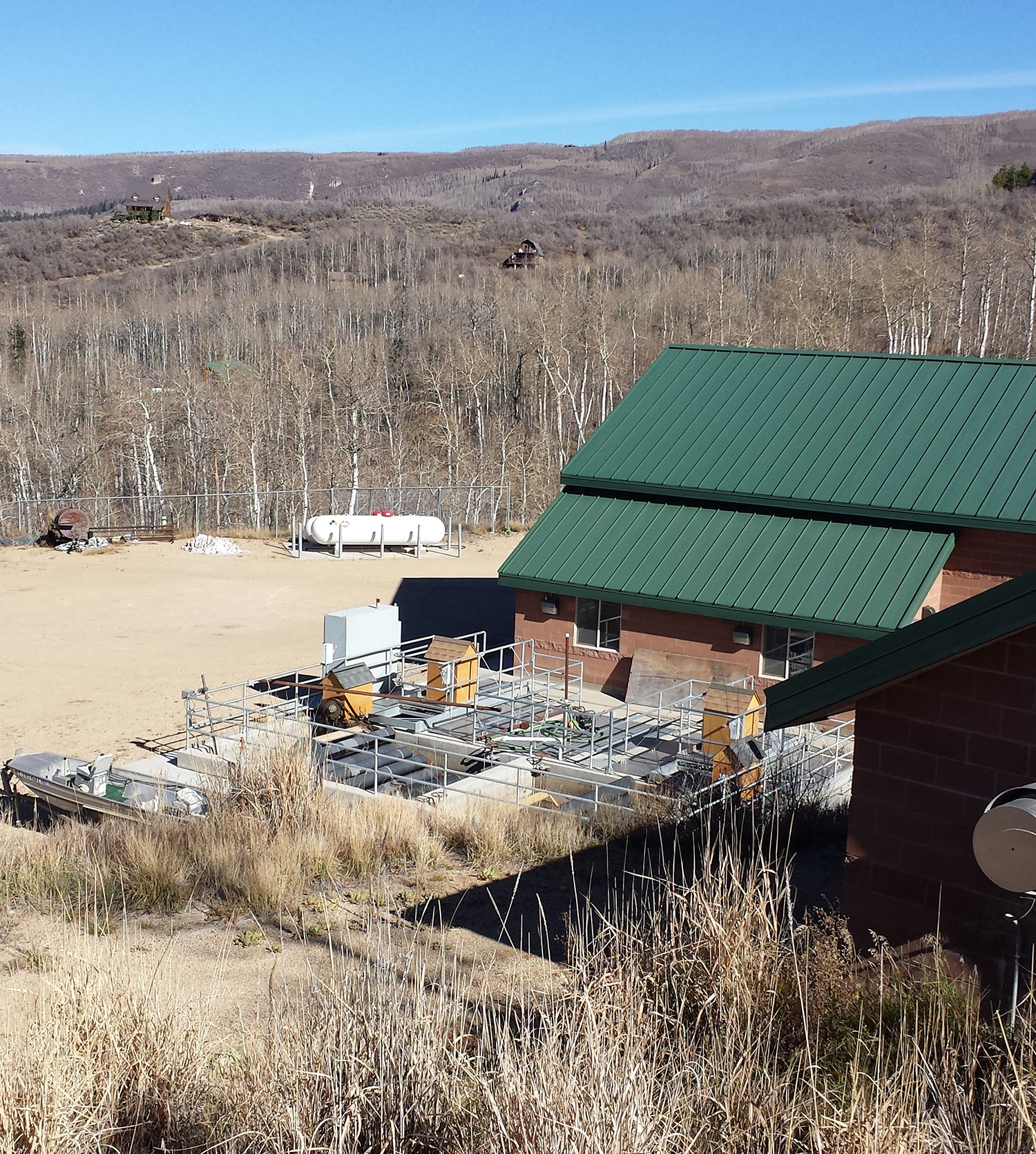Bioremediation can improve the activity and reproduction of wastewater microbiology. The following case studies used bioremediation to improve wastewater treatment conditions and operating costs.
- Wastewater microorganisms struggle to grow and reproduce with inadequate concentrations of phosphorus. A paper mill wastewater treatment system was able to improve and maintain the reproduction and activity of microbiology, reducing the volume of chemicals, chemical costs, and storage needs by replacing DAP with Super Phos®. Read the case study here.
- A heavy organic load can lead to foaming and settling issues caused by filamentous bacteria. An activated sludge system used Bio Genesis® to eliminate filamentous bacteria. Using Bio Genesis® helped to reduce operating costs by lowering BOD/COD and improving settleability while reducing FOG. Read the case study here.
- Elevated COD levels in anaerobic and aerobic lagoons can result in offensive odors, pH levels too low for methane production, and surcharges for surplus effluent containing excess COD. An industrial wastewater treatment plant for corn processing uses Bio Energizer® to improve COD reduction, odor, and pH levels, and reduce charges for excess COD. Read the case study here.
- Poor settling in the clarifier of a wastewater treatment system can lead to high sludge blankets, solids washouts, and TSS excursions. A citrus plant used Bio Energizer® to improve SVI, which in turn helped to reduce the sludge blanket, stop TSS excursions in the effluent, and increase operating efficiency. Read the case study here.
- A treatment plant that is restarted after an upset or dormant period must be inoculated in order to process the incoming organic load. Inoculating with the appropriate microbial mix will eliminate foaming, settling, and elevated BOD. A summer camp that goes dormant in the winter uses MicroPlex® JS annually to jump-start the wastewater treatment system. Read the case study here.
Read more case studies here regarding bioremediation, eliminating foaming, SVI, odor, and elevated BOD.
Related Posts

The Impact of Commonly Abused and Illicit Drugs in Wastewater Treatment
By Heather Jennings, PE, Senior Project Engineer for Probiotic Solutions® I was attending a wastewater conference and overheard an operator talking about how a drug bust turned his lagoon orange and almost put him out of compliance with his permit. At another location, I was told that the city I was visiting had been hit by...

Arizona Agribusiness Roundtable
We at BHN/Huma Gro® were very pleased to be a sponsor for the Arizona Agribusiness Roundtable on December 4 at the PERA Club in Tempe. This year’s roundtable was titled, “A National Perspective on Agriculture: The Farm Bill and You.” The Agribusiness Roundtable is a collaborative effort by the Arizona Department of Agriculture and the...

This Week in Ag #20
Wheat harvest is well underway throughout the country. Each morning, the harvest process begins with equipment maintenance. Most farmers and custom cutters will park their fleet in a row, or in close proximity, so they can readily perform daily service. This involves the grease gun. Combines have hundreds of moving parts. Some of the most key...


